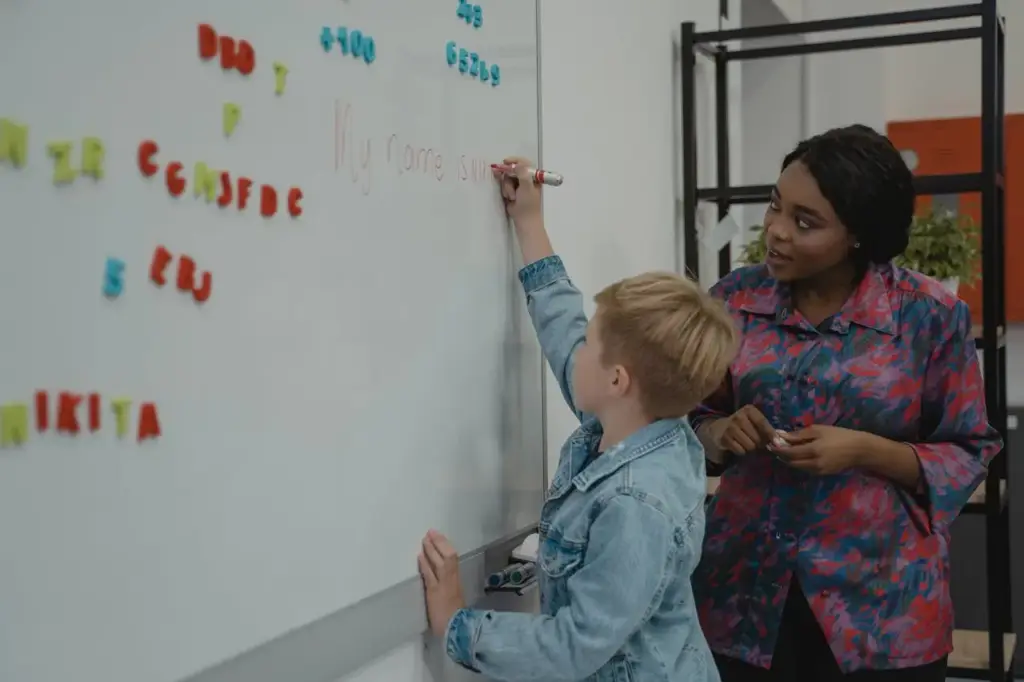
Frequently Asked Questions About Teachers Skilled Visa to Australia

Australia consistently ranks among the world’s most sought-after destinations for teachers looking to launch or advance their careers overseas. With ongoing teacher shortages across every state and territory particularly in early childhood education, secondary subjects and regional/rural schools qualified educators are not just welcome they’re urgently needed.
To help you take the next step with confidence, we’ve put together a comprehensive FAQ guide on the Teacher Skilled Visa for Australia. Whether you’re curious about eligibility, application steps, or life Down Under, we’ve got your questions covered.
1. What is the Teachers Skilled Visa?
It’s not a single visa, but a pathway under Australia’s Skilled Migration Program. Teachers can apply for:
- Subclass 190 – Skilled Nominated Visa (permanent residency, state/territory sponsorship).
- Subclass 491 – Skilled Work Regional Visa (temporary residency leading to PR, regional sponsorship).
- Subclass 189 – Skilled Independent Visa (permanent residency, no sponsorship).
2. Is a Skills Assessment Required?
Yes — a skills assessment is mandatory for all teachers applying under Australia’s skilled migration program.You must be assessed by the Australian Institute for Teaching and School Leadership (AITSL) to verify that your qualifications and teaching experience meet Australian standards.
3. Who Conducts the Skills Assessment?
The Australian Institute for Teaching and School Leadership (AITSL) is the designated assessing authority for teachers seeking skilled migration to Australia.AITSL evaluates three key areas:
- Your English language proficiency
- Your academic qualifications
- Your supervised teaching practice
4. What Are the English Language Requirements?
All teachers must demonstrate a high level of English proficiency as part of the AITSL skills assessment.The most commonly accepted test is IELTS Academic, with the following minimum scores required:
- Writing: 7.0
- Speaking: 8.0
- Listening: 8.0
- Reading: 7.0
5. Can I apply without teaching experience?
Yes. Teaching experience is not mandatory for visa eligibility, but it significantly boosts your points score and improves your chances of employment in Australia.
6. Do all states in Australia need teachers?
Yes — all states and territories experience teacher shortages, though demand varies by location and subject. Rural and regional schools typically face the greatest need, particularly for secondary teachers in Maths, Science, and English.
7. What’s the difference between a Skilled Visa and an Employer-Sponsored Visa?
- Employer-Sponsored Visas (Subclass 482, 186):
Require a formal job offer and sponsorship from an approved Australian employer. In many cases, a skills assessment is not mandatory. - Skilled Visas (Subclass 189, 190, 491):
Require a skills assessment and points-based eligibility. You apply independently or with state/regional nomination — not tied to a specific employer.
8. How long does the process take?
Visa processing time: Approximately 2 to 6 months, depending on visa type, completeness of application, and current workload at the Department of Home Affairs.
AITSL skills assessment: Typically 4 to 8 weeks.
9. Can my family come with me?
Yes. Skilled visas allow you to include your spouse/partner and dependent children, who will also have work and study rights.
10. Is this a pathway to Australian citizenship?
Yes. Skilled visas such as Subclass 189 and 190 grant permanent residency. After meeting the residency requirement you become eligible to apply for Australian citizenship.
11. How many points do I need?
You must score a minimum of 65 points on the Australian points test to be eligible. However, due to high competition, applicants with 75–85 points or more are significantly more likely to receive an invitation to apply for a visa.
12. What is supervised teaching practice?
AITSL requires a minimum of 45 days of supervised teaching practice completed as part of your initial teacher education program.
13. Can childcare or vocational teaching count?
No. Only school-based supervised practice is accepted.
14. Which teaching roles are eligible?
The following teaching occupations are eligible for skilled migration under AITSL assessment:
- Special Education Teacher
- Early Childhood (Pre-primary) Teacher
- Primary School Teacher
- Secondary School Teacher (including subject-specialist roles such as Maths, Science, English, etc.)
15. Can I apply while still studying?
No. You must have fully completed your teaching qualification before you can apply for an AITSL skills assessment — and you must pass this assessment before lodging a visa application. Incomplete or in-progress qualifications are not accepted.
16. Do I need teacher registration before applying?
Not before the visa. But once in Australia, you must register with the state/territory teaching authority (e.g., VIT in Victoria, NESA in NSW) before working.
17. How much does the skills assessment cost?
The AITSL skills assessment fee is currently AUD $1,154 (subject to change — always verify on the official AITSL website).
18. Is there an age limit?
Yes. To be eligible for a skilled migration visa (Subclass 189, 190, or 491), you must be under 45 years of age at the time you receive your invitation to apply.
19. Can I start teaching on a temporary visa?
Yes. Many teachers begin their Australian teaching career on a Subclass 482 Temporary Skill Shortage (TSS) Visa, sponsored by an approved employer. This allows you to work in Australia while gaining local experience.
20. Do sponsored teachers get the same benefits as skilled migrants?
Not initially. Teachers on temporary employer-sponsored visas (such as Subclass 482) have work rights and access to Medicare in many cases, but may not qualify for all government benefits available to permanent residents.
However, once they transition to permanent residency — for example, through the Subclass 186 Employer Nomination Scheme (ENS) — they receive the same rights and entitlements as other permanent residents.
